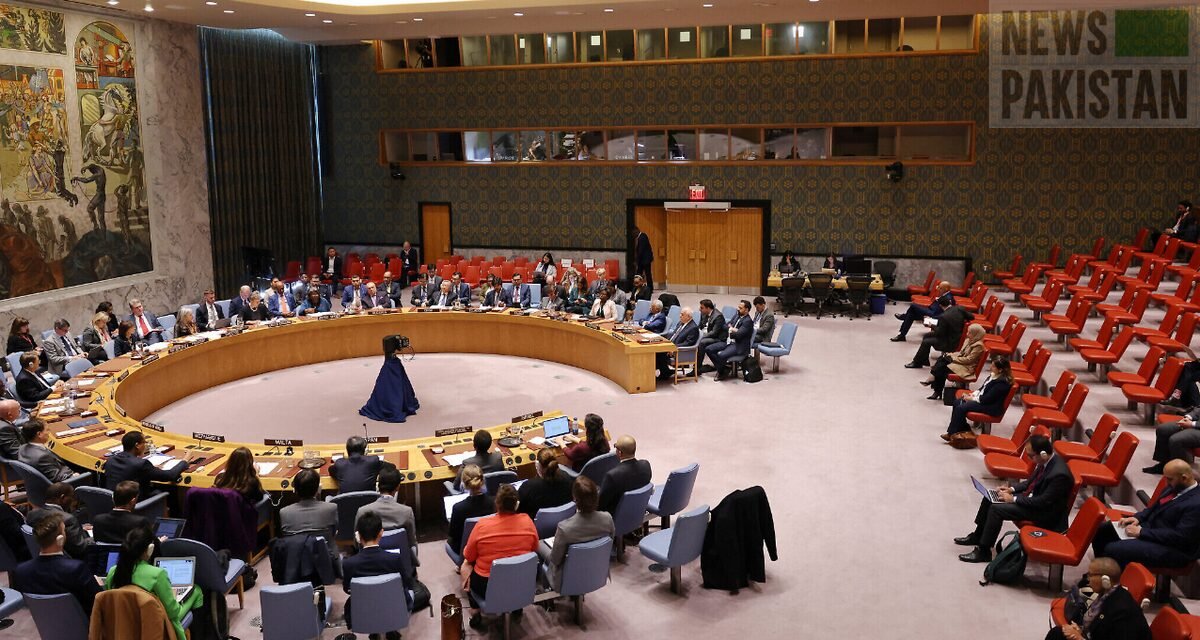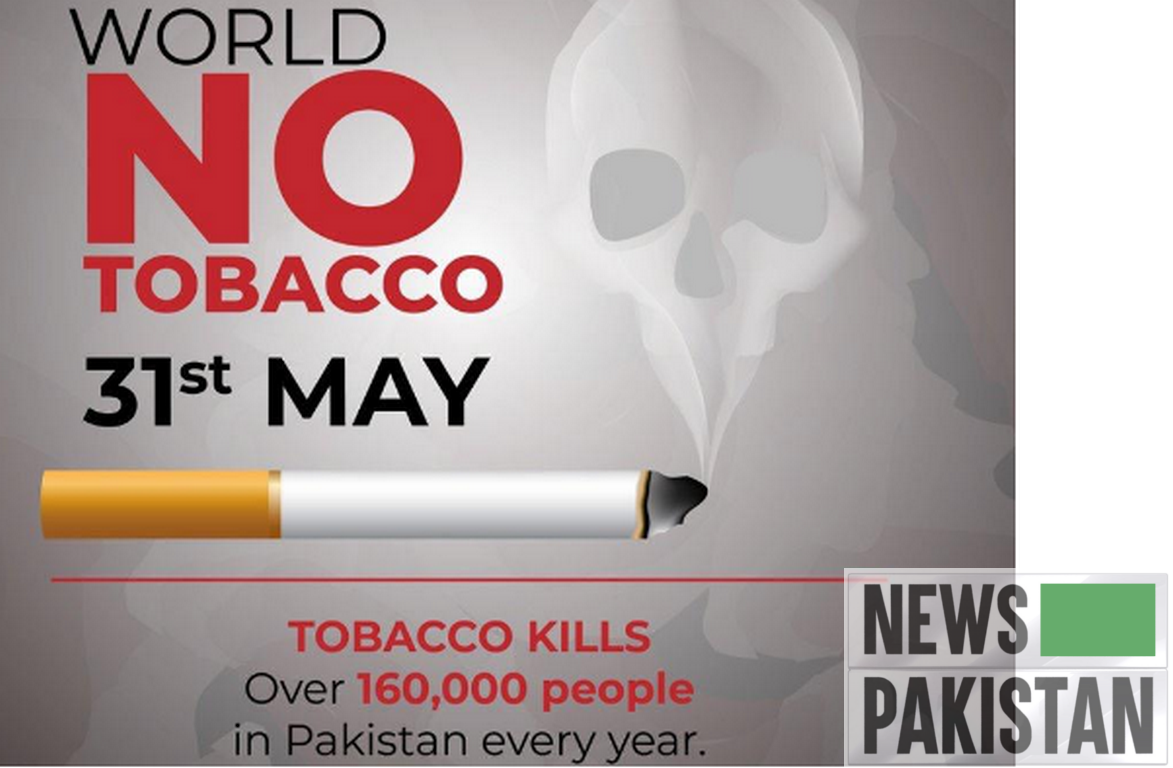KARACHI: World No Tobacco Day this year is being celebrated on 31st of May (2019) focusing on ‘tobacco and lung health‘.
Tobacco use continues to claim around eight million lives a year, the World Health Organization (WHO) held, in a call for faster action from governments to tackle smoking and the “enormous” health, social, environmental and economic costs it entails.
WHO’s Dr. Vinayak Prasad, acting Director of the Department for the Prevention of Noncommunicable Diseases, highlighted the damage that tobacco causes to the lungs of smokers and non-smokers alike.
He warned that 3.3 million tobacco-related deaths – more than 40 percent of the total – come from lung diseases, such as cancer, chronic respiratory diseases, and tuberculosis.
“We want to highlight the huge scale of tobacco-related lung diseases,” he told journalists in Geneva. “Out of that 3.3 (million), about half a million people are those who are exposed to second-hand smoke and die from it…Amongst children, less than five years old, 60,000 children die every year from second-hand smoke – these are all low respiratory-tract infections.”
In just a single lungful of tobacco smoke, WHO insists that the hundreds of toxins contained in it “begin damaging the lungs”. This is because when smoke is inhaled, the structures that sweep mucus and dirt out of our airways are paralyzed, allowing poisons in tobacco smoke to make their way into the lungs more easily.
The result of this is reduced lung function and breathlessness, owing to swollen airways and a build-up of mucus, WHO says, adding that these initial symptoms “are just part of the damage” that tobacco does to the lungs.
Relevant I: According to WHO, enough scientific evidence is available to prove that tobacco is harmful in all its forms and disguise as it kills over eight million people every year worldwide.
It said tobacco smoking and second-hand smoke can cause lung cancer, chronic obstructive pulmonary disease, asthma and tuberculosis and tobacco smoke in itself is a very dangerous form of air pollution.
It said that tobacco smoking is the primary cause of lung cancer, responsible for over two-thirds of lung cancer deaths globally.
It said that around 38% of men and 4% of women are smokers and in some countries, as many as 57% of men and 29% of women smoke.
It said that there is a huge burden of tobacco use in Pakistan. As many as 19.1 % adults use tobacco in any form, men 31.8 % and women 5.8% Among the youth (13-15 years of age), the prevalence is 13.3 and 6.6 % among boys and girls respectively.
As per the Global Adult Tobacco Survey that was conducted in Pakistan in 2014, the current adult tobacco smokers and smokeless tobacco users were 12.4 % and 7.7 % respectively and exposure to second-hand smoke was 48.3 %.
On the conservative estimates keeping in view the increase in population, tobacco-attributable deaths may amount to 227,000 per year.
“Smoking among young people is particularly worrying,” says Dr. Ahmed Al-Mandhari, WHO Regional Director for the Eastern Mediterranean. “It has reached 42% in boys and 31% in girls”. This includes smoking shisha, which is more popular among young people than cigarettes.
“By 2025, smoking is expected to rise in the Eastern Mediterranean Region, contrary to the trend in the rest of the world,” explains Dr. Al-Mandhari. “This will lead to an escalating epidemic of lung disease regionally”.
He said governments made commitments to reduce tobacco use by 30% by 2025. It’s time to accelerate tobacco control legislation and the implementation of the WHO’s Framework Convention on Tobacco Control (FCTC) and MPOWER measures to reduce demand for this deadly product.
“Policies are in place to help achieve this target,” says Dr. Al-Mandhari.
“The WHO Framework Convention on Tobacco Control and the MPOWER measures to reduce demand for this deadly product can help us beat tobacco and save lives.”
“Stop tobacco from taking your breath away. Tobacco kills one person every four seconds. Do not be that person and do not contribute to the death toll,” says Dr Palitha Mahipal, WHO Head of Pakistan.
He said tobacco is deadly in any form or disguise. Tobacco killed 100 million during the last century and if current trends persist, tobacco, by the end of this century, will kill a billion people or more unless urgent action is taken.
Dr. Palitha said that a recent high level WHO Mission on tobacco taxation has held extensive technical discussions with the Federal Bureau of Revenue, met with high ups and advocated for the immediate elimination of the third-tier and enhanced tobacco taxation and we would see it happening.
“We have high hopes that the Prime Minister, who himself is a champion, and our Health Minister, would leave no stone unturned to protect the health of the people.
Dr. Palitha advocated for strict tobacco control laws, large-sized pictorial health warning on tobacco packs, implementation of plain packaging, comprehensive ban on tobacco advertising promotion and sponsorship, enhanced tobacco taxation and implementation of health tax” on tobacco products and continued health awareness campaigns.
Relevant II: Cigarette production in EU countries declined in 2017 compared to the previous year, according to the bloc’s statistical office today.
“In 2017, over 487 billion cigarettes were produced in the European Union (EU), 40 billion fewer than in 2016,” Eurostat announced on its website on the occasion of World No Tobacco Day.
While the amount of cigarette per EU inhabitant was over 950 in 2017, its production value in 28 EU members was around €4.9 billion.
Germany topped the list of producers with around 150 billion cigarettes, which accounted for 31% of EU production.
Poland came in second with 114 billion cigarettes, or 23% of EU production, while Romania ranked third with 70 billion, or 14%.
“These three Member States accounted more than two-thirds of the total production of cigarettes in the EU,” it said.
Greece and Portugal followed the first three with 25 billion cigarettes each, or 5%, and Bulgaria came followed with 20 billion, or 4%.
app











